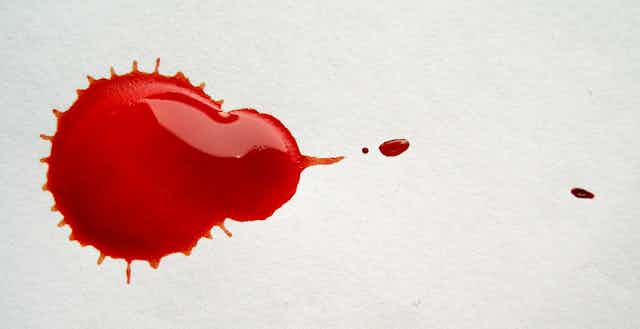Together with nutrition, sanitation and antibiotics, vaccination is one of the four great pillars of public health that has led to the longer lifespans we commonly expect today. Yet some infections have defied successful vaccination and cannot be controlled by any approach other than advice on how to avoid them, or if infection occurs, limited treatment.
HIV, which leads to Acquired Immune Deficiency Syndrome (AIDS), is a case in point. AIDS is still almost always fatal if left untreated. While anti-retroviral drug treatments have been more successful, the best vaccine, RV114, has managed no more than partial protection for a couple of years. Is this a failure of test vaccines to produce successful antibodies, or are such antibodies just impossible to create, meaning that vaccination is not a viable approach?
A recently published paper in Nature confirms and extends previous research data that shows that this is not the case – in principle, vaccination against HIV is possible.
Finding antibodies
We know from previous studies that antibodies capable of neutralising a wide range of HIV viruses are generated during HIV infection, but are lost as the infection takes hold. However these antibodies can be isolated and by molecular cloning of the relevant genes copied from immune cells early on in the HIV infection.
These antibodies fall into a relatively small number of groups: those that recognise the part of the virus that allows it to get into a cell, those that block the entry process itself and those that block the first contact between the virus and the cell it is about to infect.

One of these latter antibodies is 3BNC117. Originally isolated from a screen of more than 500 antibodies and capable of neutralising more than 80% of the virus samples tested, it was used in this study to treat 17 HIV-infected individuals in a process known as passive immunotherapy. 3BNC117 represents the type of antibody that might be generated by an ideal vaccine, so the treatment is a test of whether or not antibodies like this could work against HIV in real world use.
Half a teaspoon
Following infusion of 3BNC117 at different doses, the patients’ immune system function and viral load were assessed by a number of criteria. The test checked whether the infusion caused any adverse reaction, whether it was found circulating in blood plasma, and whether it remained active against HIV. They also examined whether there were any dose-related side effects, and whether there was any evidence that the virus evolved to counter the antibody.
The outcome was very clear. At the highest dose of 30mg/kg (about half a teaspoon of antibody for the average adult) the infusion was generally well tolerated and the antibody could be found in the patient’s bloodstream for some time following delivery, decreasing by half about every ten days.
In the blood it did what had only been seen previously in lab or animal model experiments: it neutralised HIV so that the amount of virus circulating in the patient was reduced by between eight and 300 times for the month following treatment. Some of the treated patients did show the emergence of virus variants that had escaped neutralisation by the antibody, but others did not. This suggests the virus’s ability to resist such treatment may be limited.
Caveats
In all, the treatment was very positive, lifting the concept of passive immunotherapy for HIV from laboratory idea to possible medicine. Inevitably there are caveats. Lower doses of 3BNC117 did not show any appreciable effect, meaning large amounts of this costly molecule are required. Although virus variants only emerged in some patients, it’s unclear if this would remain the case if infusion was done on a regular basis. There remains the issue of the 20% of virus samples that were not neutralised by 3BNC117 – patients infected with these virus variants would not currently benefit from treatment.
But it is without doubt exciting news, and this work demonstrates that passive immunotherapy has joined anti-retroviral drug therapy as a means to combat active HIV infection.
In the future we might see a combination of drug and antibody therapy, or the use of antibodies to rescue patients who have developed resistance to anti-retroviral drugs. The mechanism of action of an antibody is very different to that of the currently available HIV-inhibiting drugs, so applying both together may well boost their effects.
A vaccine remains the ideal solution, and although this study was conducted in those already infected this experiment suggests that a vaccine which induced 3BNC117-type antibodies would be widely protective.
I am sceptical about a true cure for HIV, but the variety of control measures on offer continues to grow and with them an improved quality of life for those infected. The data from this Nature study shows that the process of throttling HIV step by step has seen the ligature drawn one step tighter.

